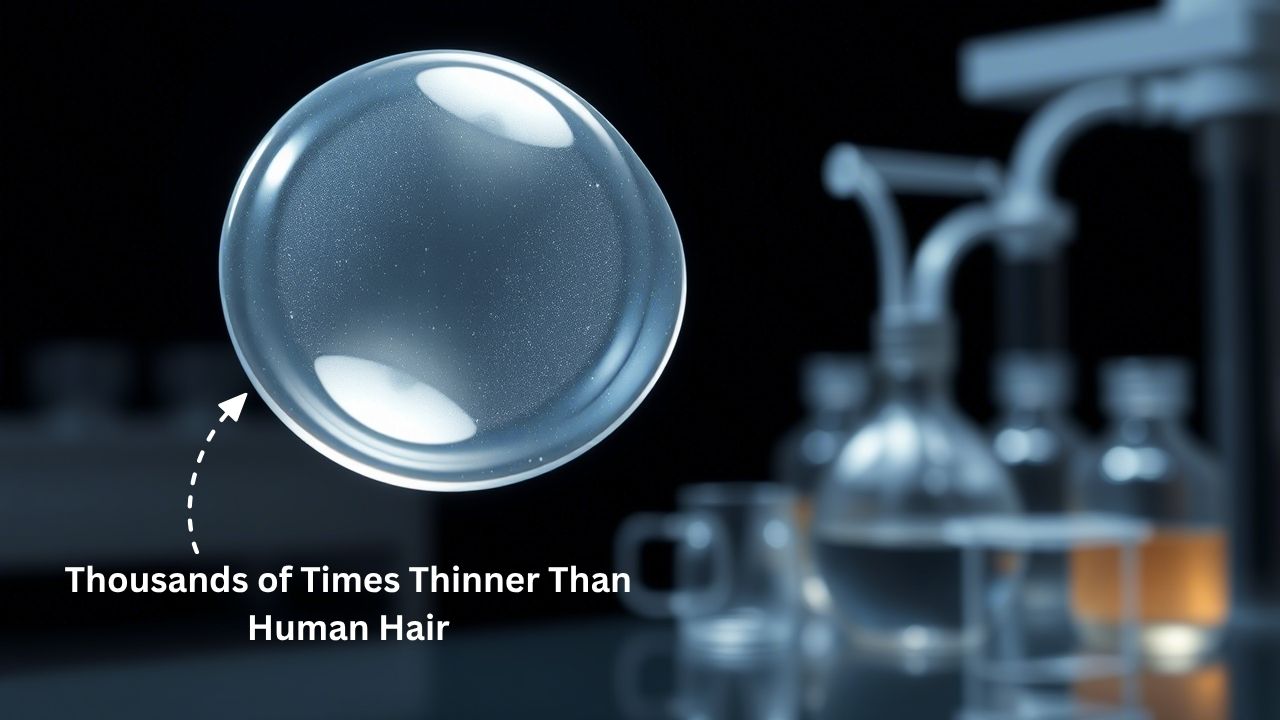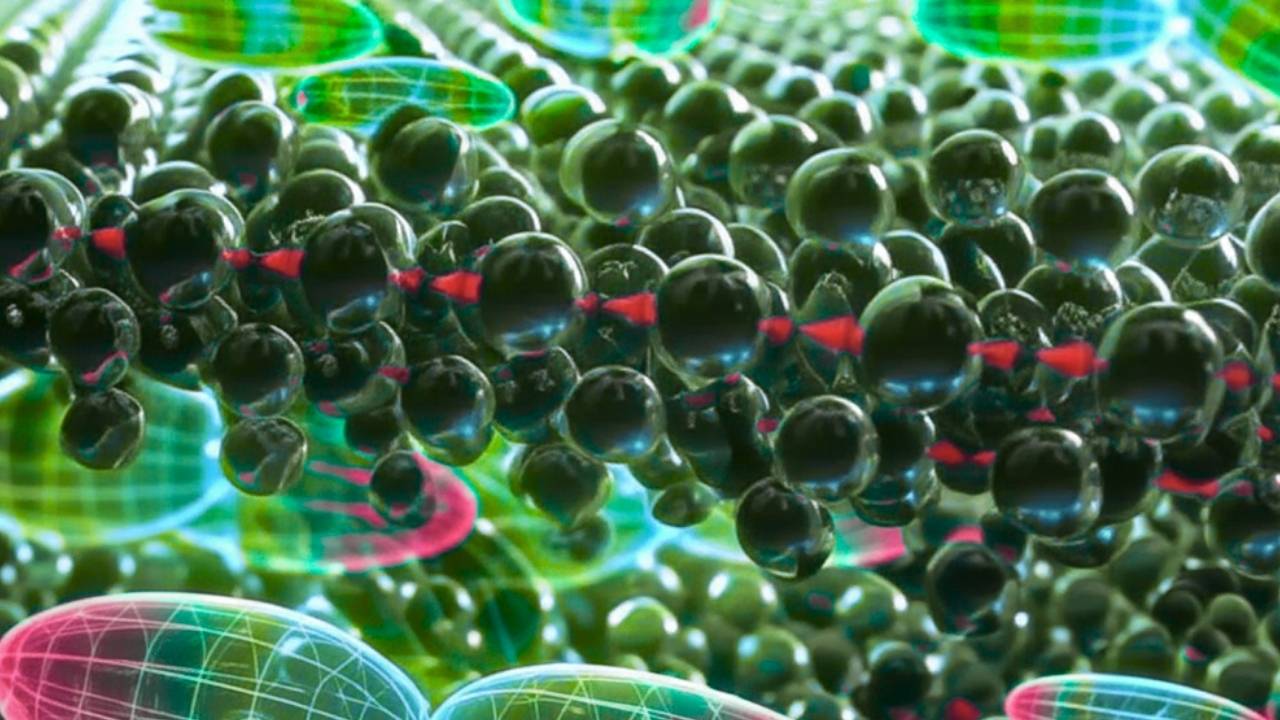Plastic recycling is one of the most talked-about solutions to the plastic pollution crisis. Almost everywhere you go, you see recycling bins, campaigns promoting recycling, and promises from companies to improve recycled content in their products. But here is the hard truth: less than 10% of the world’s plastic actually gets recycled today. Despite decades of efforts and billions invested, plastic recycling remains stubbornly low, with most plastic still manufactured from brand-new fossil fuels. This fractured system urgently needs a complete rethink if we hope to address the mounting environmental problems caused by plastic waste.
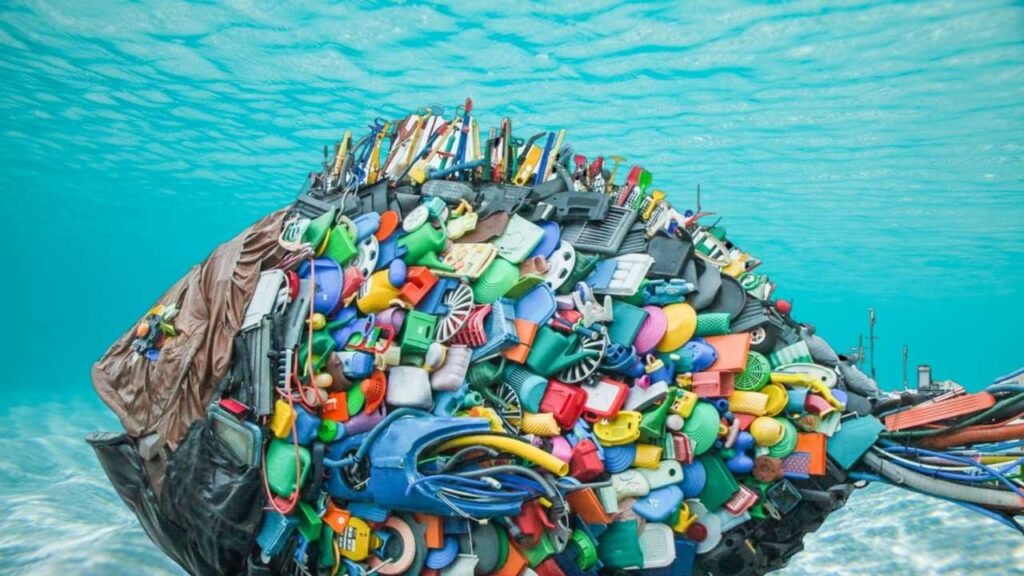
Plastic Recycling Is Broken
| Aspect | Details |
|---|---|
| Global plastic produced (2022) | 400 million metric tons |
| Percentage recycled | Around 9.5% of plastic produced was made from recycled materials |
| Recycling rate globally | Approximately 9% worldwide; U.S. recycles closer to 5% |
| Common recycling challenges | Material complexity, contamination, degradation of plastics when recycled, economic viability |
| Plastic waste management | 40% landfilled, 34% incinerated, 11% mismanaged; ~28% recycled worldwide |
| Environmental impact | Plastic found in remote oceans, mountains, in human blood, and breast milk |
| Official information source | U.S. Environmental Protection Agency (EPA) |
Plastic recycling is fundamentally broken because the current systems cannot cope with the scale, complexity, and diversity of plastic products worldwide. Less than 10% of plastic is recycled globally, with the majority ending up in landfills, incinerators, or polluting natural environments. Scientific, economic, and systemic obstacles mean recycling alone is insufficient. To tackle plastic pollution meaningfully, we need a total rethink: drastically reduce plastic production, design plastics for reuse and true recyclability, expand reuse models and circular economy initiatives, and improve global waste management infrastructure. Understanding these facts empowers individuals, companies, and policymakers to make impactful decisions for a sustainable future.
Understanding the Plastic Recycling Crisis
Since the 1950s, plastic production has skyrocketed—from just 2 million metric tons annually to over 400 million tons in 2022. Yet recycling rates have failed to keep pace. In fact, only about 9.5% of the plastic produced in 2022 was from recycled materials. Almost 90% still comes from virgin fossil fuels like oil and gas. Of all plastic waste generated globally, less than 30% is recycled; the majority ends up in landfills, incinerators, or the environment, creating serious pollution and health concerns.
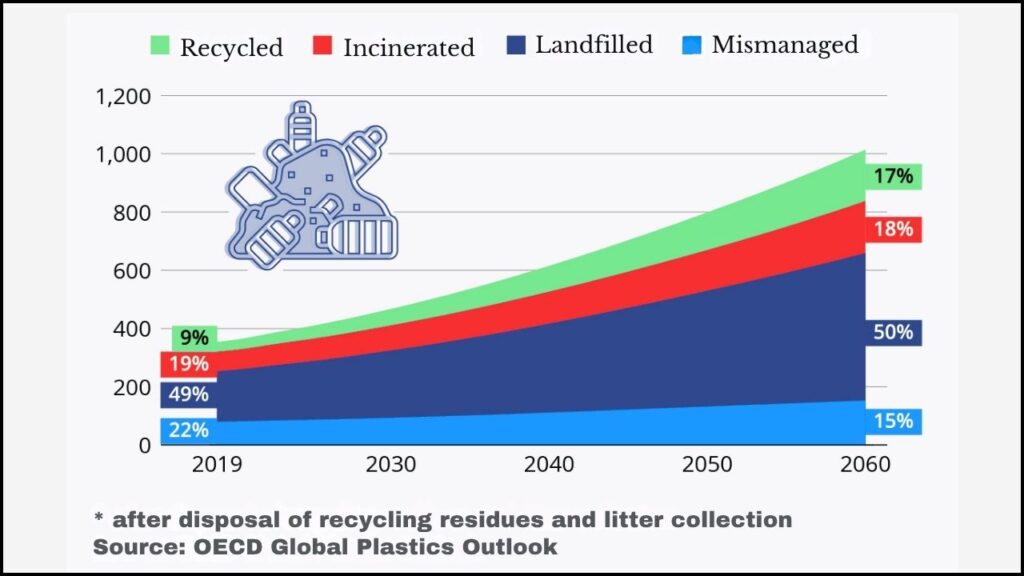
This disappointing state persists despite billions of dollars spent on recycling infrastructure, corporate promises, and public awareness campaigns. Why is recycling so ineffective?
Why Is Plastic Recycling So Ineffective?
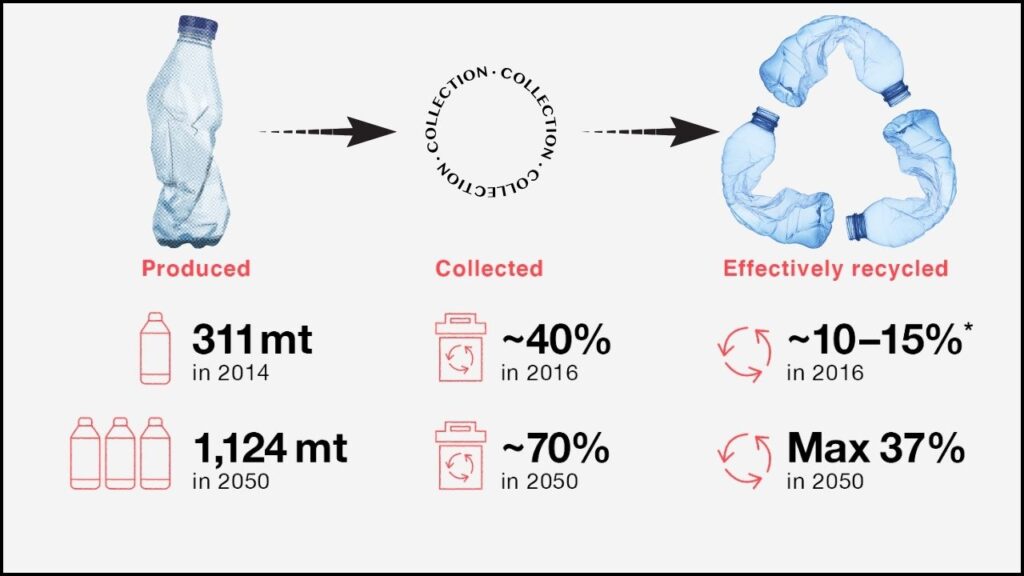
The problems are a mix of scientific, economic, and systemic challenges:
- Material Complexity and Contamination: Everyday plastic items, such as shampoo bottles or food packaging, often combine multiple types of plastics plus other materials like labels, dyes, or adhesives. These mixed materials complicate sorting and recycling. Even small amounts of contamination, like leftover food or mixing incompatible plastics, can cause entire batches to be rejected.
- Degradation of Plastic Quality: Unlike glass or metal, most plastics degrade in quality after just one or two recycling cycles. This means recycled plastics frequently become lower-quality materials (a process known as downcycling), with limited reuse potential.
- Economic Disincentives: Producing virgin plastic from fossil fuels remains cheaper than recycling plastics in many regions due to processing costs, energy use, and logistical challenges. Until economic factors change—either through higher costs for virgin plastics or subsidies for recycling—recycling won’t be financially sustainable at scale.
- Toxicity and Pollution Risks: Certain plastics such as PVC (#3), polystyrene (#6), and others contain toxic substances or additives that make them difficult or unsafe to recycle. Additionally, recycling facilities can inadvertently release microplastics or toxins into the environment, undermining their intended benefits.
- Invisible Informal Sector: Globally, informal waste workers recover an estimated 50-60% of recyclable plastics but they are rarely integrated into formal waste systems, limiting efficiency, safety, and fair labor practices.
The Role of Industry and Policy
For decades, plastics manufacturers heavily promoted recycling as their solution to pollution, even as internal research admitted large-scale recycling was technically and economically unfeasible. This “recycling myth” delayed more impactful actions like reducing plastic production or designing plastics for true circularity. Meanwhile, international negotiations for binding agreements on plastic pollution continue to face roadblocks, slowing global progress.
A Clear Guide to Understanding and Acting on Plastic Recycling Issues
Here is a practical, easy-to-follow guide to grasp this complex problem and act wisely:
1. Know the Types of Plastics and Their Recycling Potential
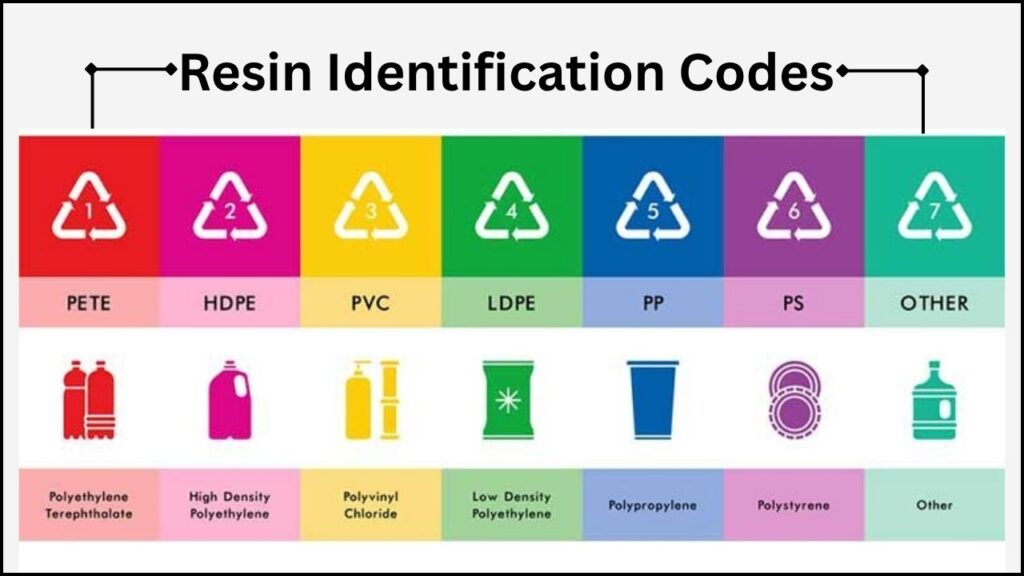
- Plastics are identified by resin identification codes #1 through #7. Common recycling-friendly types include PET (#1) and HDPE (#2).
- Difficult or unsafe to recycle plastics include PVC (#3), LDPE (#4), and polystyrene (#6).
- Mixing incompatible plastics greatly reduces recycling effectiveness.
Pro tip: Check your local recycling rules carefully to know which plastics they accept.
2. Prioritize Reducing Plastic Use Over Recycling
- Since recycling is only a partial solution, the most effective step is to reduce plastic consumption.
- Use reusable bags, water bottles, and containers.
- Choose products with minimal or no plastic packaging.
3. Support Circular Design and Innovative Materials
- Encourage companies that design products for easy recycling: single-type plastics without toxic additives.
- Support development of biodegradable plastics and reuse models.
- Advocate for policies that require recycled content in new products.
4. Push for Policy and Systemic Change
- Back laws that ban or tax single-use plastics.
- Support expanding recycling infrastructure and formalizing informal waste workers.
- Encourage governments to set ambitious recycling targets (e.g., EU’s 70% packaging recycling goal by 2025).
5. Practice Proper Disposal and Sorting at Home
- Rinse and clean plastics before placing them in recycling bins.
- Avoid putting non-recyclable plastics into the bin.
- Flatten bottles and containers when possible to save space.
Real-World Examples
- In the United States, plastic recycling rates are among the lowest in developed countries, around 5%. The 2018 ban by China on importing plastic waste disrupted global recycling and made matters worse.
- European countries have somewhat higher rates, with the EU recycling about 41% of plastic packaging waste in 2022, thanks to stricter regulations. Despite these efforts, many countries still export plastic waste to nations lacking sufficient recycling capacity, which often ends in pollution.
- Some corporations use closed-loop recycling for specific products (like PET water bottles recycled into new bottles), but high costs and technological barriers limit wider adoption.
Goodbye, Plastic? Scientists Create Supermaterial That Outperforms Metal and Glass
Heat-Conductive Plastics: The Next Big Leap in Electronics Cooling
Breakthrough Eco-Friendly Plastic Could Power the Future of Flexible Electronics
FAQs About Plastic Recycling Is Broken
Q1: Why can’t all plastics be recycled together?
A: Different plastics melt at different temperatures and have distinct chemical properties. Mixing incompatible plastics contaminates the batch and lowers quality, so sorting is critical but challenging.
Q2: What happens to plastic that isn’t recycled?
A: Most plastic waste goes to landfills (~40%), is incinerated (~34%), or ends up mismanaged in the environment (~11%), causing pollution and health risks.
Q3: Is recycling better than throwing plastics away?
A: Yes, recycling reduces the need for virgin fossil fuel extraction and decreases waste volume. However, because of low recycling capacity, reducing plastic use and improving systems are essential.
Q4: How can I help improve plastic recycling?
A: Reduce your plastic consumption, carefully follow your local recycling rules, support companies and policies that push for circular plastics, and educate others about recycling limitations.
Q5: Are biodegradable plastics a solution?
A: They can help but usually require industrial composting conditions to break down properly. Reducing plastic use remains the most reliable solution.


